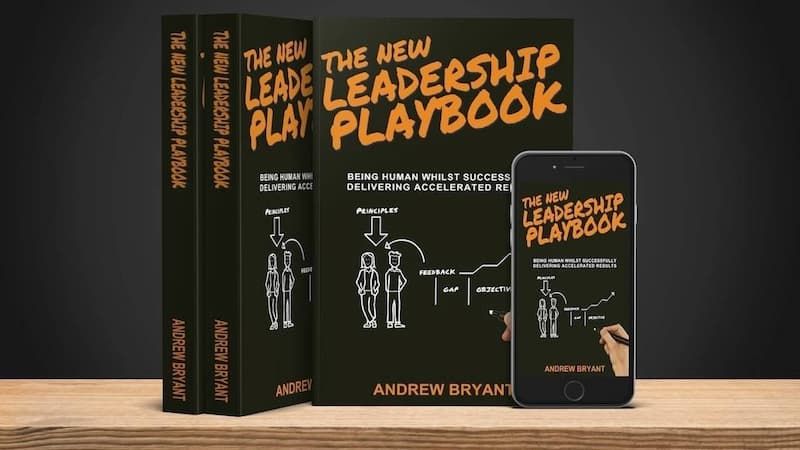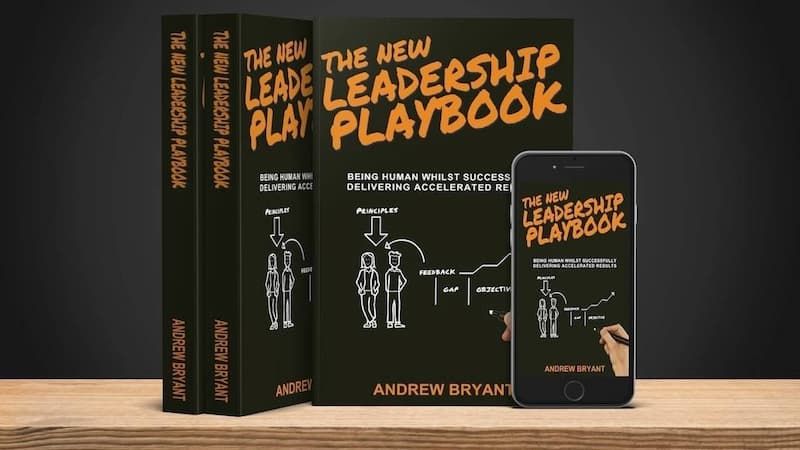Motivation for Leaders

If you are a manager or leader, you will likely have faced the challenges of motivation.
- How do I motivate myself?
- How do I motivate my team?
- Why do different people require different motivations?
As an Executive Coach and Leadership Motivational speaker, I am versed in the theory and practice of motivation and extensively work with leaders to improve their results. In this post, I share my favorite theory and application using my own research.
Motivation for Leaders
Being human, we have a smart brain, specifically the prefrontal cortex, which we use to imagine and predict the future. These imaginations and predictions create expectations. Expectancy Theory (Victor Vroom 1964), is a model about how expectations lead to motivation.
Vroom’s theory says that, if the future seems reasonably likely and attractive to us, we know how to get there, and we believe we will be appropriately rewarded, then we will be motivated to act. In other words, if people expect a positive and desirable outcome, they will usually work hard to perform at their expected level.
Expectancy theory differs from the ideas of Maslow and Herzberg, because it doesn’t concentrate on needs, but rather focuses on outcomes. Vrooms Model states that:
‘Motivational Force’ = Expectancy x Instrumentality x Valence'
Let me explain:
Expectancy refers to the strength of a person’s belief about whether or not a specific job performance is attainable. In other words, “If I put in the effort, will I get the results?”
The strength of this belief can be self-efficacy or external social proof. For example, the inner dialogue could be “I am confident to complete these actions” or “I can see other people putting in effort and getting results, so I can too.”
Several factors contribute to expectancy perceptions: The level of difficulty of the task, the amount of support that may be expected from superiors and subordinates, the quality of the materials and equipment, and the availability of pertinent information.
Instrumentality is the belief that “if I complete certain actions then I will get the reward”.
Back to that big brain of yours, it likes to be rewarded and for it to create the dopamine required to motivate you, it must believe the reward will follow the effort.
With Self-leadership, we are in control of the reward, but if we are dependent on an organization or system to provide us our reward, we must trust that they will come through.
If you are a leader it is essential to follow through on your promises, or you will be faced with significant resentment from those that engaged in an effort based on those promises.
Valence or attractiveness means that there must not just be a reward for effort, but that it is the right sort of reward – and ‘one size does not fit all’.
This is where your emotions come in. Expectancy was logical but Valance is about how will you feel when you achieve the result – do you value the reward?
As a manager or leader, you must discover what’s important to your people. Is it extrinsic [money, promotion, free time, benefits] or intrinsic [satisfaction, sense of achievement]?

Leader as Coach
So, there you have it, a formula to motivate yourself or others. Next time you are working with your team or coaching someone, run this checklist:
- Have I defined the goal?
- Have I defined what actions (effort) will lead to performance?
- Have I provided evidence that this is possible?
- Are my people confident to perform these actions?
- Do I know what rewards my people want?
- Have I set up a system to reward them?
- Am I verbally appreciating their actions and results?
As I coach managers and leaders around the world, I find that this checklist is, at best, partially followed. Imagine the improvements you could make if you did all 7-things.
Confessions from a Motivational Speaker
I am invited to speak around the world on Leadership and Self-leadership. Usually, I receive feedback that my speech was very motivational. Whilst this feedback makes me feel good and leads to future bookings, I must confess something.
I don’t believe it’s my job to motivate anybody!
If I can awaken the motivational force that lies dormant in the chests of my audience, and their motivation leads to productive actions then, and only then, is my work done.
GET A FREE CHAPTER
THE NEW LEADERSHIP PLAYBOOK
BEING HUMAN WHILST DELIVERING ACCELERATED RESULTS



